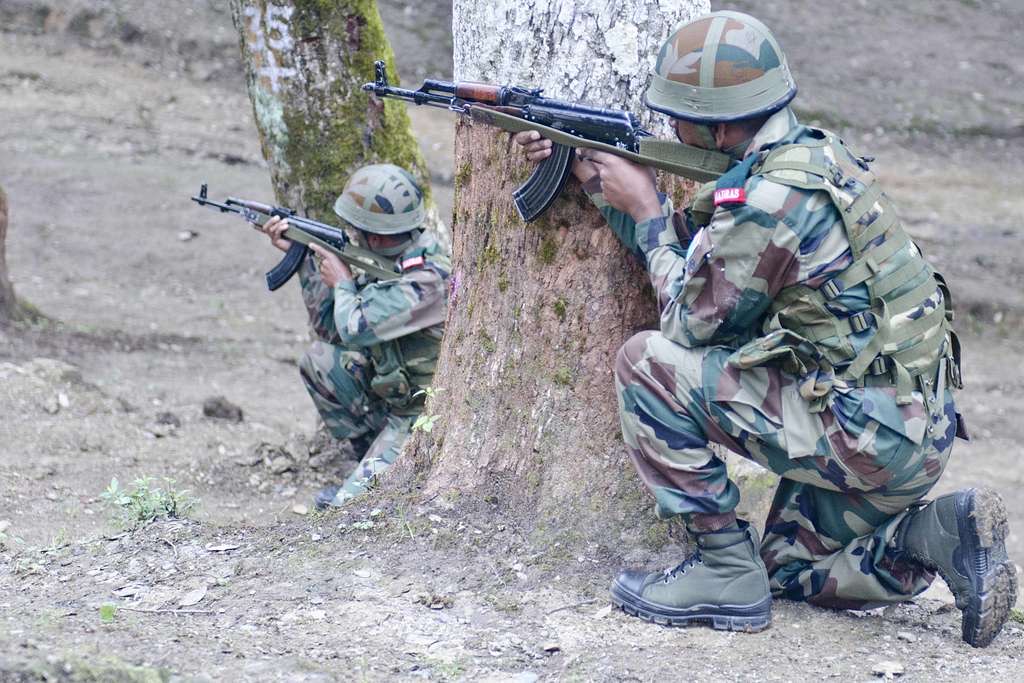On April 22, the tourist resort of Pahalgam in Indian Kashmir was the scene of a devastating terrorist attack that violently reignited one of the world’s most dangerous and long-running territorial disputes. The attack, claimed by the separatist group Kashmir Resistance, killed 26 people, including many Indian tourists. The government in New Delhi immediately accused Pakistan of being an indirect accomplice, denouncing its logistical support for the militants.
India’s response was swift and harsh: the prime minister suspended the Indus River Treaty, which for years had been a symbol of bilateral cooperation, and closed its airspace to flights from Pakistan. But it didn’t end there: a vast internal security operation was launched, with over 2,000 arrests in the Kashmir Valley and the demolition of homes accused of hosting terrorist activities.
The Pakistani government has forcefully rejected the accusations, calling them “political exploitation” and branding India’s actions “military provocations” and “violations of international law”. Defence Minister Khawaja Muhammad Asif has threatened a strong military response to any form of aggression, calling India’s moves “acts of war”. The two armies have already engaged in battle on the ground, with gunfire along the Line of Control (LoC), where artillery and small arms have been the mainstays.
Fears that the escalation will not be limited to low-intensity clashes are palpable, especially since India and Pakistan are both nuclear powers. With around 160 nuclear warheads each, according to estimates by the International Campaign to Abolish Nuclear Weapons (ICAN) and the Stockholm International Peace Research Institute (SIPRI), the two countries have developed nuclear doctrines that include first-use scenarios. While India has officially adopted a “no first use” policy, some of its officials have questioned this line in recent years. Pakistan, on the other hand, has never ruled out the possibility of resorting to nuclear weapons even in response to a conventional attack, making any crisis between the two nations extremely dangerous.
A miscalculation or an uncontrolled escalation could lead to devastating scenarios not only for the subcontinent, but for the entire Asian region. Densely populated cities such as Delhi, Islamabad, Lahore and Mumbai would be targeted in the event of a nuclear conflict.
The international community immediately took a stand. The UN Secretary General called on both sides to “show restraint and engage in constructive dialogue”. The United States called the situation “extremely serious”, while China, despite being a traditional ally of Pakistan, offered to mediate. The European Union called for an independent investigation into the attack and a return to bilateral talks.
In India, public opinion is divided: some are calling for a strong military response, but others fear that a war could engulf the entire region. In Pakistan, the government faces growing internal pressure, between unpopularity and the need to not appear weak in front of India. The conflict in Kashmir, one of the longest unresolved in modern history, has already seen three wars between India and Pakistan (1947, 1965, 1971) and numerous smaller crises. Despite treaties to reduce nuclear risks, mutual trust between the two countries is at an all-time low. Today, almost 80 years after the partition of the subcontinent, the situation still seems without a concrete political solution, and the presence of nuclear weapons makes every spark potentially lethal.
By Andrea Imperatore
Class IV C Scientific Lyceum
